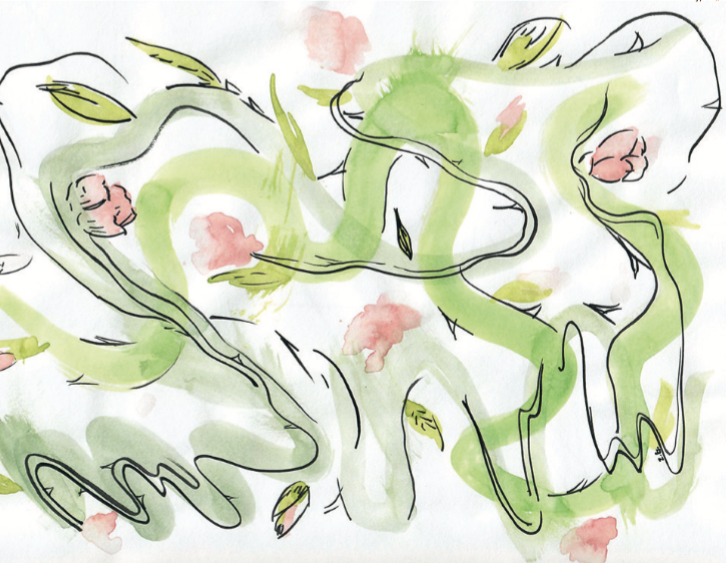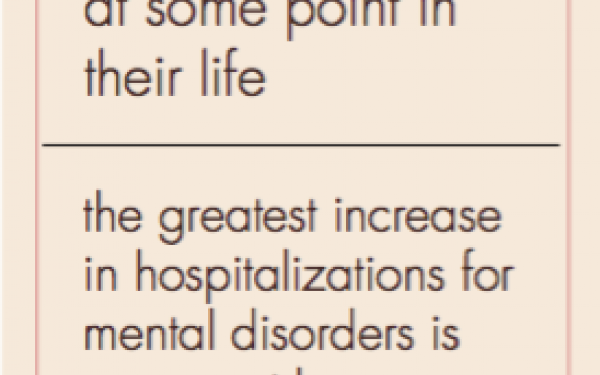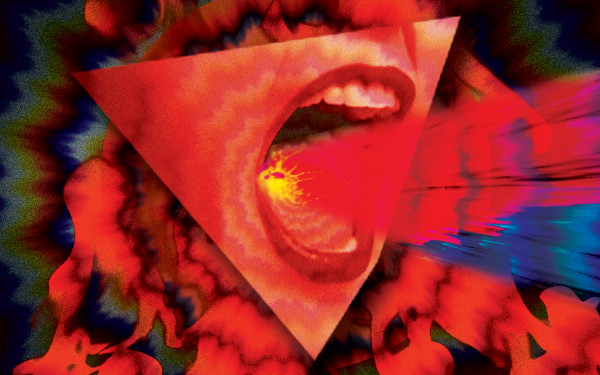Anything and Everything But ADHD
The Perils of Undiagnosed Attention Deficit Disorders
Supernovas—born from the death of a star—burn 6,000 times hotter than the core of the sun and sometimes outshine galaxies.
Imagine an endless cycle of supernovas contained within a human: energy levels that fluctuate and tend to explode at inopportune moments. Ultimately, their disruptive blasts propel energy outward into space, shaking up the galaxy, or a school classroom.
This is how attention deficit-hyperactivity disorder can feel for those affected.
But there are other problems associated with the condition. Often, those who remain undiagnosed are left wondering how to cope with the symptoms that affect them.
Evelyna Ekoko-Kay is a fourth-year student at Queen’s University in Kingston, Ont. who believes she has undiagnosed ADHD.
Lacking in concentrated focus, Ekoko-Kay would fidget with pencils, drop them frequently and lose focus in class. For women with undiagnosed ADHD, unorthodox coping mechanisms are survival rituals.
This is the year Ekoko-Kay hopes she will receive a college bursary to nance the formal assessment and diagnosis of her adult ADHD. A er a lifelong struggle of misunderstandings, misdiagnoses and anxieties, she has given up on lengthy provincial waiting lists.
ADHD is a neurobehavioural disorder that affects the brain’s executive functions, causing poor time management skills, inattention, forgetfulness, hyperactivity and poor impulse control. The condition interferes with working short-term memory and sometimes, the brain’s information processing centres. Canada, unlike the United States, does not keep track of the diagnosis rate of the population.
“If I don’t get the college bursary, I can’t afford the assessment,” she said. Ekoko-Kay is on anxiety medication, and has tried Ritalin. She is hoping for a prescription to a similar central nervous system stimulant usually prescribed for ADHD.
“My brain was quiet for once, for the first time all year I finished work on time and didn’t pull an all- nighter, it was nice,” she said.
Private clinics for neurological assessment typically charge $2,000 in Ontario, but unfortunately Evelyn’s provincial health plan only leaves her with $1,200 to pay for it.
“I think it’s bullshit. They charge so much to get assessed for this. Had I been diagnosed in middle school or high school I might have been able to do it for free or less,” Ekoko-Kay said.
“I don’t have money, it’s a huge barrier, and I don’t know if I’m going to be able to do the assessment.”
Ekoko-Kay was homeschooled until the eighth grade. By that time she had already internalized ADHD coping mechanisms.
The young girl she was throughout high school wasn’t “socially competent.” Being considered smart was her redeeming quality, her identity. One she refused to lose. Smart means being able to learn concepts without struggle, so she focuses on arts, languages, and avoids math and sciences.
Subjects that require working memory to recall formulas, patterns and numerical information are too difficult. Unsure of how, when, and where to ask for help, Ekoko-Kay’s childhood dream of becoming a scientist withered and died.
“I had really good grades, so they assumed there couldn’t be anything possibly wrong with me. I just avoided anything I was bad at, so there was no evidence of me having a learning disability,” recalled Ekoko-Kay.
The worldwide criteria for ADHD are derived from North American, Caucasian male samples.
White male children are four times more likely to be diagnosed than female children. Women experience the condition more internally, likely exhibiting quiet inattentiveness rather than obvious hyperactivity. Women are also more likely to have anxiety and depression in addition to their ADHD and are more likely to be prescribed anti-depressants before central nervous system stimulants.
In twelfth grade, 20 minutes into a psychiatric appointment, Ekoko-Kay was misdiagnosed as bipolar type II and received a prescription. The attending physician believed her depression was a symptom of bipolarity, rather than an overarching problem of ADHD. Her moments of hyperactivity, hypersensitivity and her hyper-focused tendency to talk about her favourite podcast for hours on end were not symptoms of ADHD but, according to him, were actually hypomanic episodes.
A study on racial and ethnic differences in ADHD diagnosis from the American Academy of Pediatrics revealed that Latinx children, African American children and children of other ethnic minorities were respectively 56 per cent, 36 per cent and 48 per cent less likely than white children to be diagnosed with ADHD.
For minority children, many socioeconomic and cultural variables are at play. If the child’s culture tends to validate mental illness, they are more likely to be diagnosed. But if they are uninsured immigrants, racial stereotypes and stigma interfere with objective diagnosis and they are less likely to be diagnosed with the condition.
“I am fairly white passing. Everyone knew my mom was black, but I also feel they treated me better than they would have treated someone with darker skin,” Ekoko-Kay said.
Improperly trained educators and girls themselves have been known to pass o ADHD symptoms as quirks. Much of the emotional anguish for girls with ADHD comes from failing to meet the emotional labour expectations of their gender.
“They saw me as too opinionated, too emotional, a troublemaker. It was not a good environment to deal with any of that stu [ADHD].”
Undiagnosed, the condition leads to academic, social and emotional struggles. For Ekoko-Kay it means a he y price tag in adulthood.


_600_832_s.png)




